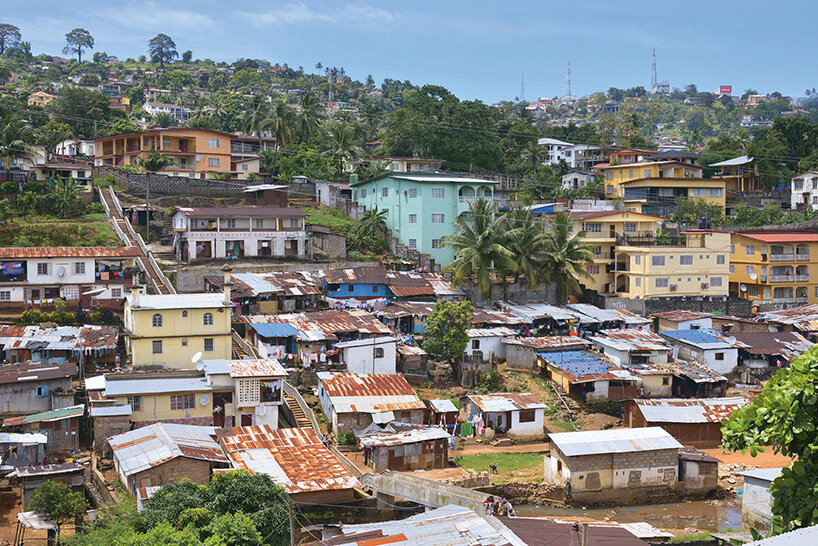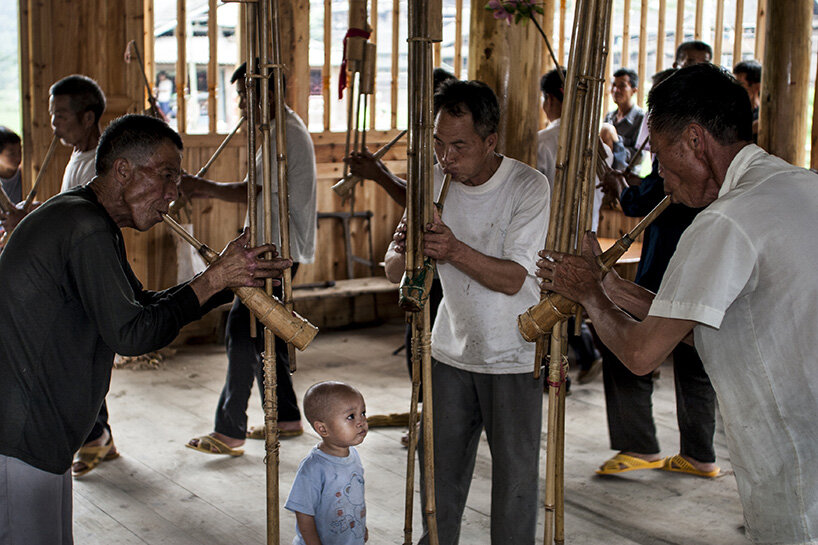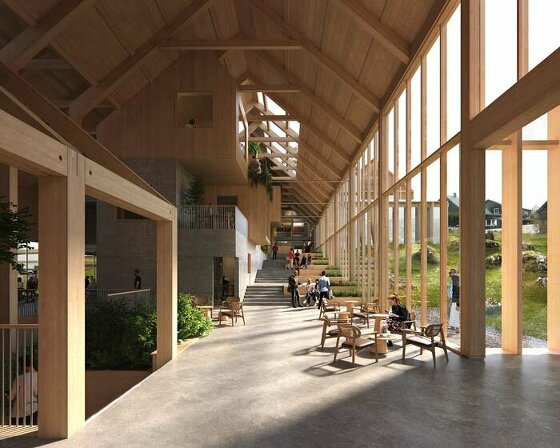
construction of Sabla: the palm-leaf shelters in the Middle East. constructions built of date palm have been in use for around 7,000–8,000 years. sabla: the palm-leaf shelters was conceived as a contemporary, modular grid-shell construction that offers an example of how traditional technologies can be adapted for use today, and scaled up or down to provide for a variety of applications in over 46 countries of the United Arab Emirates | image © Dr Sandra Piesik

Bangladesh METI Handmade School | image © Anna Heringer
KEEP UP WITH OUR DAILY AND WEEKLY NEWSLETTERS
PRODUCT LIBRARY
'plastic has a relatively short history but now we are reliant on the material. how do we live within this abundance of waste?' co-curator tizziana baldenebro tells designboom.
the design will honor the heritage of the faroe islands, on which can be found some of the world's oldest functional timber buildings.
as block722 recently settled into its new headquarters in athens, designboom had the opportunity to visit the studio and speak with its founders to learn more about the practice's origins, identity, and creative process.
'my architectural philosophy is linking nature and architecture, making bridges between simplicity and complexity, inside and outside, public and private'.
connections: +510

 image courtesy
image courtesy 























